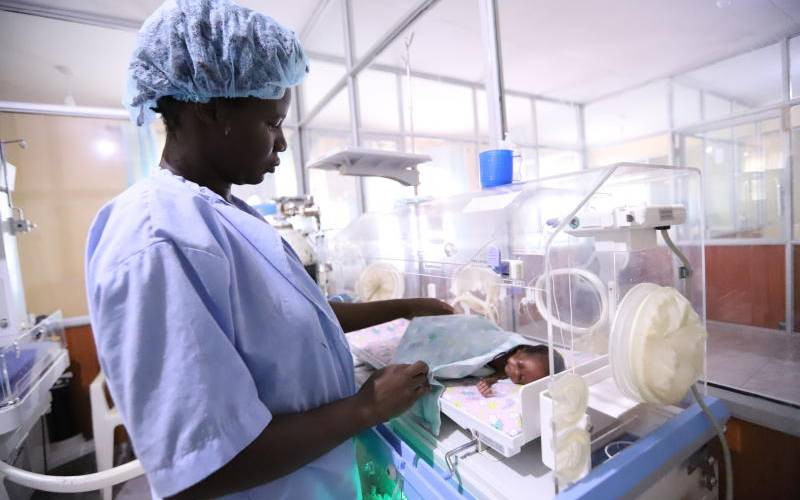Despite significant global progress in child health since 2000, improvements in newborn survival have lagged behind. Worldwide, under-five deaths dropped to 4.8 million in 2023, yet approximately 2.3 to 2.4 million babies still die within their first month each year. Reducing neonatal mortality to no more than 12 deaths per 1,000 live births by 2030 is a United Nations target, but many countries are currently off track.
Sub-Saharan Africa bears the heaviest burden, with a neonatal mortality rate of 27 per 1,000 live births in 2022, the highest globally. A newborn in the region faces an elevenfold higher risk of dying within the first month compared to the safest regions. Four in five under-five deaths occur in sub-Saharan Africa and Southern Asia, despite these regions accounting for only three in five live births.
Systemic health challenges drive these statistics. Many newborn units suffer from severe nurse shortages, unreliable oxygen supplies, broken equipment, overcrowded wards, and weak data systems. Unsafe nurse-to-baby ratios, missed checks, and preventable complications are common in overstretched hospitals, limiting the ability to provide quality care to sick and premature babies.
Studies show that nurses often deliver only a fraction of the bedside care required. Overworked staff are unable to monitor babies consistently, provide reassurance to mothers, or ensure essential hygiene and infection control. Simple interventions, such as ward assistants handling non-critical tasks, can relieve nurses, improve care quality, and reduce the risk of complications. Leadership, mentorship, and proper resource alignment are essential to translate guidelines into real-world improvements.
Regionally, initiatives to strengthen hospital readiness have shown promising results. Assessments of staffing, oxygen supply, CPAP machines, temperature control, infection prevention, and data systems have led to improvements across multiple hospitals. Early results suggest reductions in hospital-based neonatal mortality where these measures are implemented.
The solutions are clear: safer nurse-to-baby ratios, consistent monitoring, reliable oxygen delivery, well-maintained equipment, regular audits, mentorship, and alignment of national procurement with WHO guidance. With Kenya’s neonatal mortality at 21 per 1,000 live births, substantial effort is required to reach the UN target. Scaling up proven care bundles, protecting frontline staffing, and strengthening hospital systems are crucial steps to ensure newborn survival and secure the gains of the past two decades.

